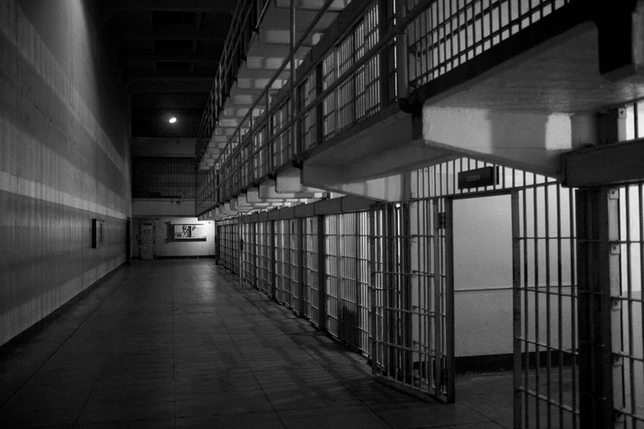Videoconferencing technology has permeated the four walls of correctional facilities to provide incarcerated members of society another way to speak with their families and loved ones. These video calls make visits to the facilities virtually possible in the comforts of homes.
As with anything, video visits have their good shining points and downsides. You can think of the not-so-good parts as room for improvement and positive change.
Prison Video Visitation Systems
Video visits in jails work like videoconferences in the office do. You need internet connection and hardware that support the appropriate technologies. If you have several people in the room, you can convert a large screen into an HD display with a tool like Cisco TelePresence SX20 Quick Set. The setup includes a codec that can be integrated with popular videoconferencing programs and a camera with 12 times zoom for multiparty conferencing and meeting.
As for prison video visits, you need to book an appointment at least 24 hours in advance. With a confirmed schedule, you will go to a video visitation center or a remote station or wait at home with your computer and camera ready. The inmate will be taken to the designated terminal at the appointed time.
You will be billed per minute with rates that vary, and this payment is processed via the corrections service provider you used to schedule the video call online.
So is this method of visitation beneficial or not?
The Good
Convenient for Visitors
A video visit is an option for families who don’t have the luxury of time or money to travel to the facility located miles from where they live. Traditional visitation methods go by rules, from the hours to the behavior, including that of children and minors. Against this backdrop, a live video chat looks like ideal for children and the elderly in the family to participate in.
More Time to Talk
In-person visitations are usually limited to 20 minutes and once a week. With virtual visits, you may be able to speak with the prisoner for 30 minutes or as often during the week, as allowed.
Logistically Viable and Secure
For corrections officers, they don’t have to escort the inmate through the facility to the common visiting room, and the same procedure applies when you visit. The video visitation terminal is often set up closer to the cell block or inside the cell via portable stations. This arrangement mitigates risks when moving prisoners with appropriate monitoring and surveillance.
Contraband Control
Prisons are strict on what visitors bring to the facilities. For starters, you have to be on the approved list to be allowed to visit (this rule also applies to video visitation). Remote calls reduce the likelihood of contrabands entering the premises.
Continued Communication
Where physical visits are not practical, the virtual kind provides inmates and their loved ones opportunities to communicate as often as practicable. This family contact is vital for prisoners who are less likely to reoffend when they have regular visitors.
The Bad
This face-to-face visitation system is not without flaws, especially during its early days of implementation.
Lack of Privacy
Video visitation has been met with concerns over privacy as the terminals are located in areas where other prisoners are around. This environment makes it less conducive to talk freely. In response, some prisons have come up with partitions and kiosks.
Feels Impersonal
Even if loved ones can see the inmate’s face on the screen, it’s hard for them to meet eye-to-eye because of the position of the camera. The lack of eye contact is a common complaint among users of the service. And for those who are used to physical contact or looking at the inmate through the glass, the experience is less satisfying.
Technical Challenges
It’s hard for families to judge if their loved one is doing all right in jail because the image can be pixelated or grainy. Video users also report lags, no or delayed audio, crackling sound, and sometimes no video at all. These technical difficulties affect the quality of the visit.
The Cost
Many have called out the fees for these video visits as expensive, taking into account that a majority of inmates belong to low-income families. Video visitation represents an expense for visitors who do not have to pay for face-to-face visits. Indeed, some prisons have banned in-person visits in favor of video-based visitation.
There’s Room for Improvement
This 2015 study emphasizes that video visitation works better as a supplement to the traditional visitation systems. The technology has its perks, but it can be further improved on to serve its audience better.
The study recommended for more regulation in capping fees, so these visits are less burdensome to families. There also ought to be minimum technology requirements to ensure the reliability of this virtual tool.
Are you for or against video visitation? What can you suggest to enhance this communication method for inmates and their families?
Related Posts
Hi there! I’m Sethu, your go-to guy for all things tech, travel, internet, movies, and business tips. I love sharing insights and stories that make life more interesting. Let’s explore the world together, one article at a time!











